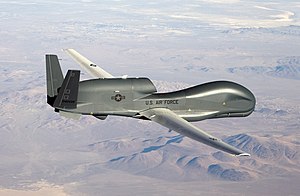MQ-4C Triton drone arrives at Mayport, 1 of 4 at new Navy squadron in Jacksonville
Dan ScanlanFlorida Times-Union

It looks like a supersized pelican, bulbous head and wide wings on a slim fuselage topped with a gaping air intake for its Rolls-Royce AE3007H jet engine near a V-shaped tail.
And as the Northrop Grumman MQ-4C Triton flew in last week from California to its new home at Naval Station Mayport, one other thing was obvious to observers — there's no cockpit for a pilot.
That's because the Triton is an unmanned drone aircraft, flown remotely from a Naval Air Station Jacksonville operations center. The first of up to four planned for the VUP-19 drone squadron's new Mayport homeport, it will handle the Navy's East Coast surveillance and search-and-rescue operations.
They also will be joined by 200 maintenance personnel at the Navy base to handle housing and maintenance, Cmdr. Brian Conlan said.
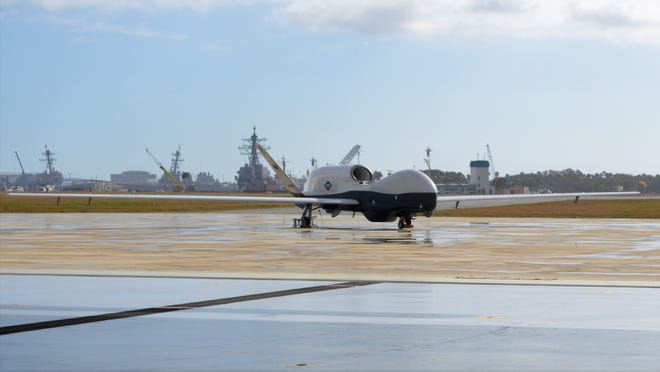
"This is the U.S. military's largest drone that we fly, and it's now homeported in Jacksonville, and that's the excitement for the local area," he said, with the 130.9-foot-wingspan drone behind him on the runway.
"It will bring a number of folks I have had in California for the last couple of years to be homeported here as well to support," Conlan added. "It truly is at the forefront of naval aviation and the direction we are going with intelligence surveillance reconnaissance aircraft."
Mayport beat out Naval Air Station Key West and the NASA Flight Facility in Wallops Island, Va., in 2017 to become the East Coast Forward Operating Base for the MQ-4C Triton Unmanned Aircraft System, according to the Navy.
Unique aircraft with unique capabilities
The 47.6-foot-long aircraft weighs just over 32,000 pounds fully fueled and can fly for more than 24 hours at altitudes higher than 10 miles, with an operational range of 9,430 miles, according to the Navy. Triton drones can survey 2.7 million square miles in a single mission, used for surveillance and search-and-rescues.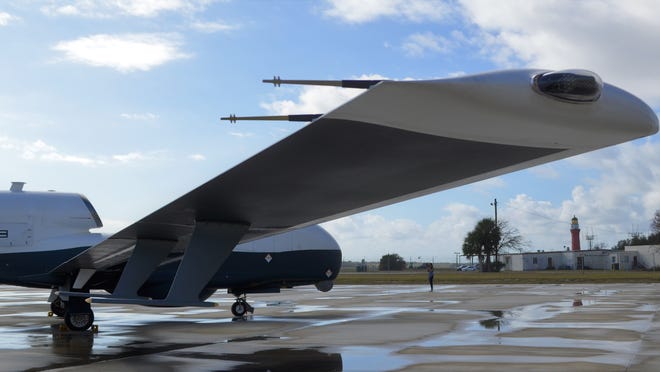
Conlan said it can "hang out for a long time" over what it is surveilling.
"Manned aircraft are frequently encumbered by the altitudes we can get to as well as the time on target where we can stay," he said. "With the unmanned drone, we are no longer encumbered. We are all about endurance. We want to stay on top as long as possible, and the MQ-4C Triton enables us to do that."
The unmanned, unarmed, remote-controlled aircraft provide tactical and strategic mission capabilities as part of the Maritime Patrol and Reconnaissance Force. The drones require a ground-based crew of five: remote pilot, tactical coordinator, a pair of mission payload operators and a signals intelligence coordinator.
Mayport will operate a launch and recovery site for four drones as well as a maintenance hub for up to four more of the unmanned aircraft, according to the Navy. NAS Jacksonville is already the training hub for the drones and the home of the first operation squadron, VUP-19.
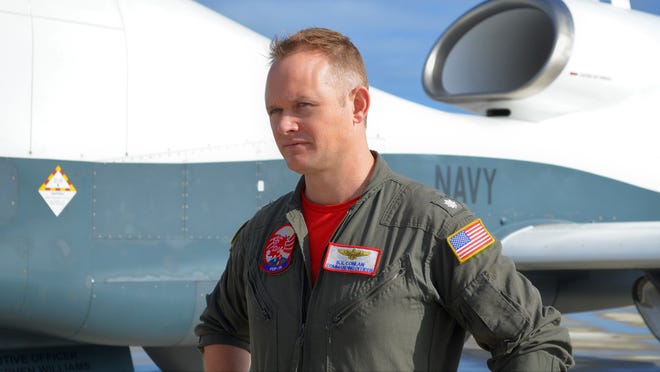
The morning flight from its California base was a "very small hint at its capability."
"We are truly covering all 24 time zones," Conlan said, not getting specific about its surveillance capabilities that include a nose-mounted sensor pod. "... The nice thing is that because of the altitudes it attains, it allows us to peer a little bit further into places than we are accustomed to. It's going to have a lot of fancy stuff in it."
Your stories live here.
Fuel your hometown passion and plug into the stories that define it.
The Navy selected Mayport after completing an environmental assessment to analyze the impact on the communities surrounding the three potential bases. Assessment results showed no significant environmental impact at any of the three locations, but the major factor in choosing Mayport was financial.
The Navy said existing drone facilities were already in place at NAS Jacksonville, making it the most affordable option of the three.
Naval Air Station Point Mugu in California is the West Coast home base for the Triton program, with three other sites outside the continental United States also selected, the Navy said.
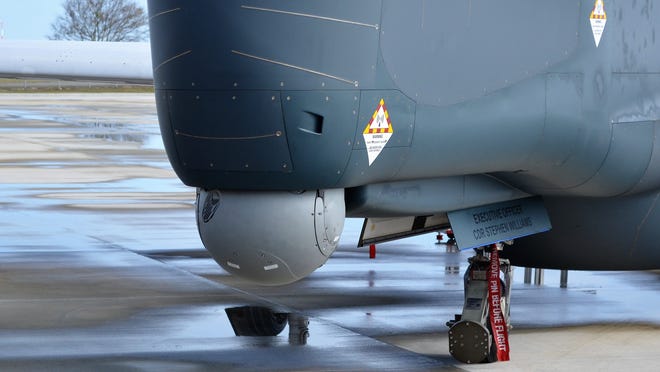
Along with maintenance staff at the Mayport drone command hub, set to arrive by March, others will be based out of Navy facilities in Sigonella, Italy, the Middle East and West Pacific, Conlan said.


